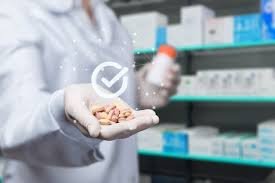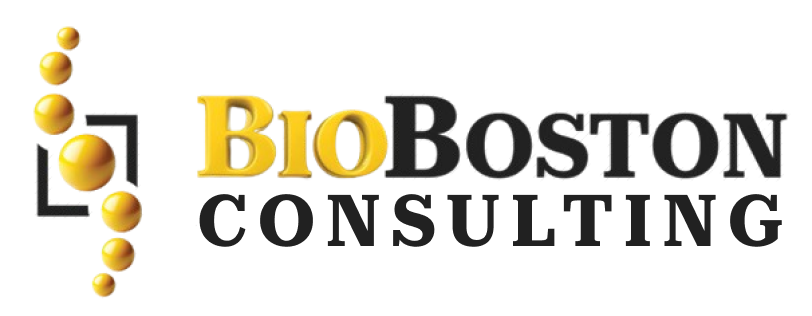“Discover innovative tools like automated data management, risk assessment software, and mobile apps for efficient gap assessment and remediation in pharma.”
To seek a suitable approach for maintaining the safety, efficacy and quality of pharmaceutical products on an ongoing basis, companies conducting gap assessments to determine non-compliance from defined guidelines.
Gap assessments:
These essential diagnostic tools enable organizations to identify areas of non-compliance, process weaknesses and risks to patient safety. Remediation will then take place to correct any gaps that were found and return to compliance. Pharma is a heavily regulated industry, and quality always takes precedence over quantity; which makes strict compliance to regulations essential.
Technological advancements in the past decade or so have radically transformed how gap assessments and subsequent remediation processes are performed in the pharmaceutical industry. Such technological innovations have not only made these processes run quicker and easier but also made them efficient and effective. With a plethora of tools and technologies available to optimize the gap assessment and remediation process, pharmaceutical companies can achieve compliance while reducing risks via operational excellence.
With the incorporation of these tools, organizations can attain enhanced efficiency, precision, and teamwork in detecting and correcting compliance gaps leading to improved product quality and patient safety.
Automated Data Management Systems:
Manual metrics, measures, gap assessments and remediation efforts have always been labor-intensive and error-prone.
Automation and Data Management:
The application of automated data management systems like the electronic document management system (EDMS) and quality management system (QMS) have supported data handling. These systems offer state-of-the-art solutions for the centralized storage, organization and retrieval of documentation necessary for gap assessments and remediation efforts. It cuts down on administrative work, gives substantial speed to communication, and provides easy version control which helps all stakeholders collaborate seamlessly; thus timely identification and resolution of compliance gaps. In addition, any data stored in these systems can be utilized to analyze trends and identify gaps that commonly arise on an ongoing basis, providing organizations with actionable insights into potential remediations to implement.
Regulatory Intelligence Software:
Keeping up with the evolving regulations and guidelines to which pharmaceutical companies must comply is not an easy task. Regulatory intelligence software that is helping organizations monitor regulatory changes more efficiently, has become a critical part of the solution to this challenge. With all-inclusive databases and live alerts, the software guarantees that gap assessments and follow-up remediation work align with current requirements. This will help the company to mitigate compliance risks, proactively respond to changing regulations, and achieve effective regulatory compliance by identifying and correcting gaps in compliance in a timely manner. Regulatory intelligence software gives businesses the agility needed to adapt to changing regulatory landscapes and help ensure their products meet the highest quality, safety, and efficacy standards.
Risk Assessment Tools:
Identifying risk is a vital piece of both gap assessment and risk remediation processes. Methods like FMEA (Failure Mode and Effects Analysis) as well as HACCP (Hazard Analysis and Critical Control Points) are organized approaches to examine risks. These tools help pharmaceutical companies to systematically identify and prioritize risk associated with compliance gaps that facilitate allocation of resources and tailoring of remediation strategies. Companies can use them to predict potential vulnerabilities, determine the best way forward for risk mitigation control and compliance and patient safety.
Data Analytics and Business Intelligence:
The amount of data being created, collected, managed, tracked and analyzed by the life sciences industry offers incredible opportunities for pinpointing compliance gaps and streamlining remediation efforts. Pharmaceutical companies can utilize data analytics and business intelligence tools to structure, process and analyze large amounts of data such as manufacturing process data, quality control data and even adverse event reports. By utilizing advanced analytics methods like machine learning and predictive modeling, these tools can assist businesses in detecting trends, associations, and potential deficiencies more effectively. Companies can discover actionable insights from data to address compliance gaps before they become a liability while also increasing operational efficiencies. Companies can provide the needed context for streamlining and remediation of findings which result in improved patient safety, as well as enhanced regulatory compliance.
Validation
It is a crucial aspect of the gap assessment and remediation process in the pharmaceutical field, as seen with electronic validation tools. Manual Validation — Traditional methods require time and resources. Automating and simplifying validation activities, electronically ensures that the time and effort will be less as compared to normal. It offers template based validation, workflow management, and documentation capabilities for conducting validation activities. This streamlining of the validation process enables companies to accelerate remediation of any identified gaps in compliance, optimize overall compliance and complete documentation to show regulatory compliance during inspections or audits.
Cross-functional teams
They must work together to successfully assess the gaps and drive remediation projects. Recognizing this need, organizations are now looking for collaborative project management platforms. Examples of Collaborative project management platforms include cloud-based project management tools, and collaborative document sharing platforms help facilitate communication-related tasks (i.e., Assigning people to tasks, or an idea-sharing platform to track the progress of digitization efforts). These platforms allow all stakeholders to coordinate and share information without effort, helping breaches to be remediated smoothly and in an organized fashion. Through increased collaboration, transparent stakeholders, and accountability between them can naturally lead to a quicker and more efficient gap fix.
Mobile Applications and Remote Monitoring
The pandemic era, with its sudden shift towards remote work and need for on-the-go capabilities, has made mobile applications and remote monitoring tech indispensable in gap assessment & remediation efforts. Mobile apps help the field staff to accumulate data, conduct inspections, and report findings in real-time where it helps to identify gaps faster and more accurately. For example, Remote monitoring technologies like IoT sensors or other remote data collection devices enable continuous monitoring of critical parameters and reduce dependence on manual inspections while allowing proactive detection of compliance gaps. These solutions simplify the data collection process, improve data accuracy, and allow for greater visibility into emerging gaps in real-time to help organizations take corrective actions quickly.
Considering the pharmaceutical industry’s commitment over the years to compliance, product quality, and patient safety, the ideal gap assessment and remediation processes should be efficient and effective. In this light, the industry has advanced the utilization of tools and technologies to enhance the efficiency and accuracy of these processes. The pharmaceutical industry incorporates an automated data management system, regulatory intelligence software, risk assessment tools, data analytics, electronic validation tools, project management platforms, mobile applications, and remote monitoring technology to ensure that companies can identify gaps proactively, optimize remediation, and ensure that they are aligned to meet regulatory requirements.
Conclusion
In summary, the advanced use of tools and technologies has transformed the various gap assessment and remediation processes, including the optimal allocation of resources and minimizing the time taken to remediate for optimal product quality and patient safety. This evolution has presented a paradigm shift in the understanding and execution of the processes. Thus, the pharmaceutical industry has enabled the capacity to navigate through the regulated space for manufacturing, selling, and distributing safe, effective, and compliant pharmaceutical products to consumers worldwide.
To learn more about our support of your regulatory activities, contact BioBoston Consulting today


